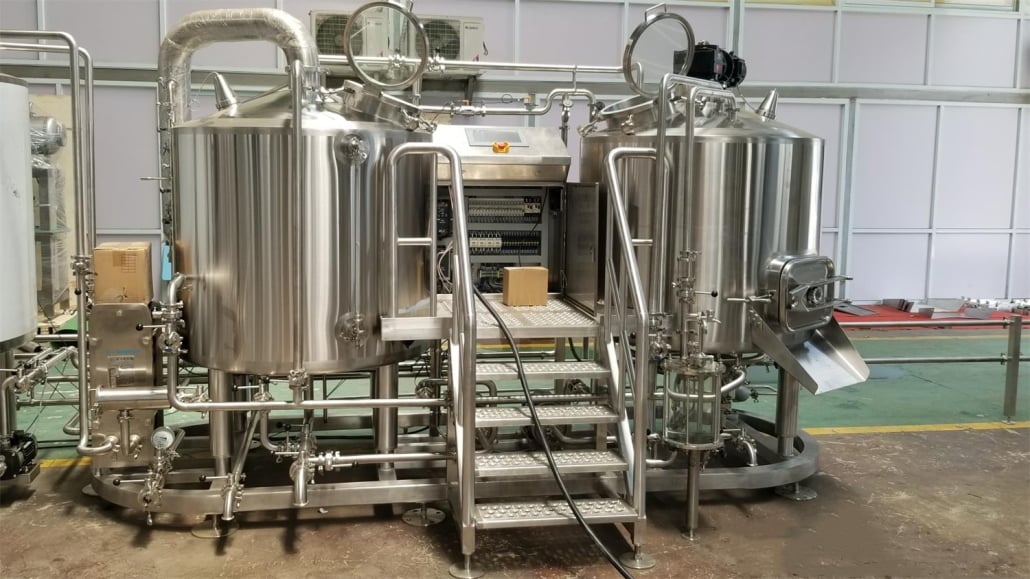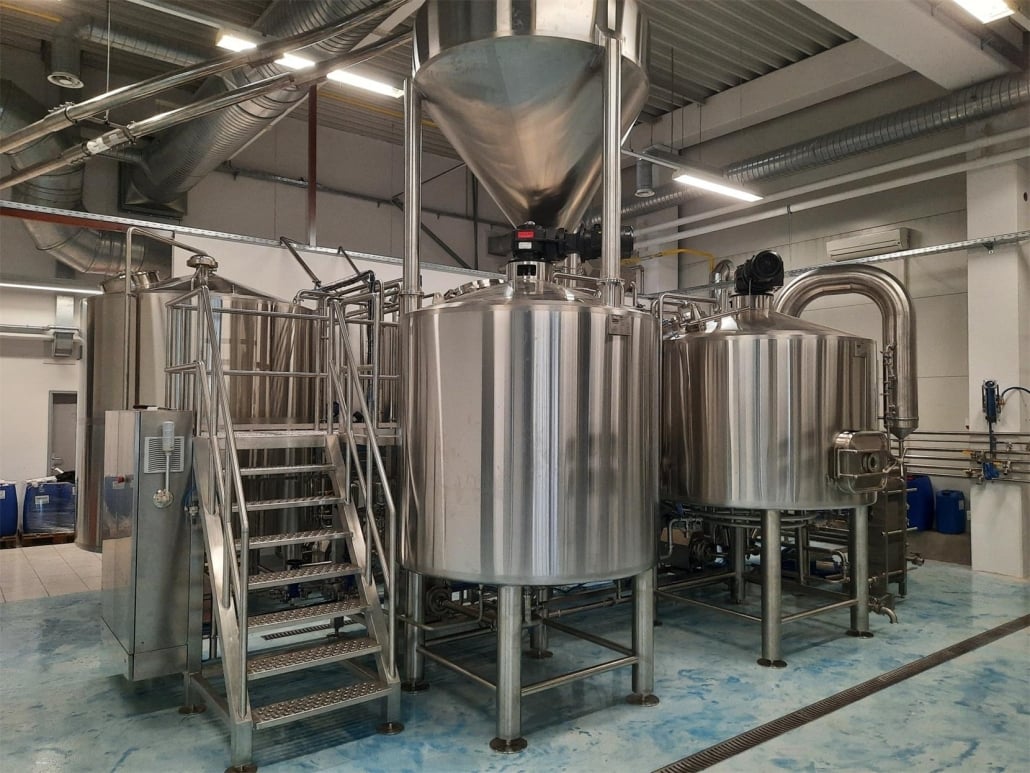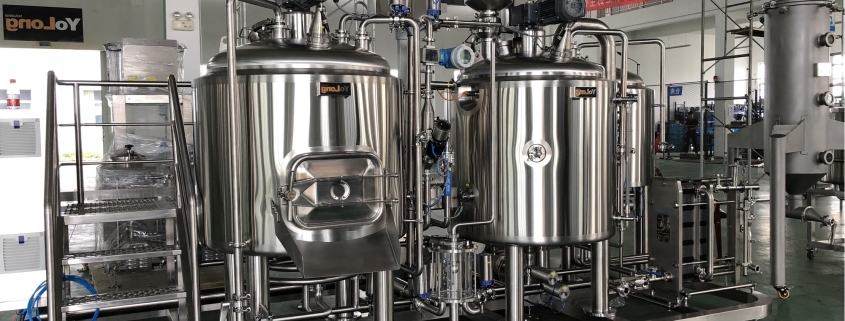Beer Brew Machines
Overview of Beer Brew Machines
Are you a beer enthusiast dreaming of crafting your own brews at home? Beer brew machines have revolutionized the homebrewing landscape, making it accessible and enjoyable for both novices and experienced brewers. These machines streamline the brewing process, ensuring consistency, quality, and convenience. In this guide, we’ll dive deep into the world of beer brew machines, exploring everything from equipment options to the brewing process, and how to choose the right supplier.
Comprehensive Equipment Guide
Beer brew machines come in various designs, capacities, and functionalities, catering to different brewing needs and preferences. Here’s an in-depth look at the types of equipment available.
Equipment Types
| Type of Brew Machine | Description |
|---|---|
| All-in-One Brewing Systems | Integrated systems that handle mashing, boiling, fermenting, and cooling in one unit, ideal for beginners and small spaces. |
| Partial Mash Brewing Systems | Combine extract and grain brewing, offering more control over the brewing process while being less complex than full-grain systems. |
| Full-Grain Brewing Systems | Advanced systems for experienced brewers, allowing complete control over the brewing process from start to finish. |
| Automated Brewing Systems | High-tech systems with automation features like programmable recipes, temperature control, and self-cleaning functions. |

The Brewing Process
Brewing beer involves several key steps, each crucial to the final product’s flavor and quality. Let’s walk through the brewing process using a typical beer brew machine.
Mashing
Mashing is the first step, where malted grains are mixed with water to convert starches into fermentable sugars. The brew machine maintains precise temperatures to optimize this conversion.
Boiling
Next, the wort (unfermented beer) is boiled, typically for an hour. Hops are added during this stage for bitterness, flavor, and aroma.
Cooling
After boiling, the wort must be rapidly cooled to a temperature suitable for fermentation. This is crucial to prevent contamination and ensure a clean fermentation process.
Fermentation
The cooled wort is transferred to a fermenter where yeast is added. The brew machine maintains the optimal temperature for yeast activity, converting sugars into alcohol and carbon dioxide.
Conditioning
After fermentation, the beer is conditioned to develop its flavors further. This can be done at room temperature or cold, depending on the beer style.
Bottling
The final step is bottling the beer, adding priming sugar to carbonate the beer naturally. Alternatively, a kegging system can be used.
Capacity, Space, Design, and Customization
When choosing a beer brew machine, it’s important to consider the capacity, available space, design preferences, and customization options.
| Feature | Details |
|---|---|
| Capacity | Brew machines range from small 1-gallon systems to larger 10-gallon setups, catering to different production needs. |
| Space | Compact designs are available for limited spaces, while larger systems require more dedicated brewing areas. |
| Design | Aesthetics and user interface vary, with some machines offering sleek, modern designs and intuitive touch controls. |
| Customization | Advanced machines allow customization of recipes, brewing profiles, and even integration with smart home systems. |
Supplier and Price Range
Choosing the right supplier is crucial for getting a quality brew machine. Here’s a look at some popular suppliers and their price ranges.
| Supplier | Price Range | Features |
|---|---|---|
| Breville | $300 – $800 | High-quality build, integrated brewing systems, user-friendly interface. |
| PicoBrew | $500 – $2,000 | Automated brewing, Wi-Fi connectivity, recipe sharing. |
| Grainfather | $800 – $1,500 | Full-grain systems, advanced temperature control, app integration. |
| Anvil Brewing | $200 – $1,000 | Affordable, durable, modular brewing systems suitable for beginners and intermediate brewers. |
Installation, Operation, and Maintenance
Proper installation, operation, and maintenance are key to getting the most out of your beer brew machine.
| Aspect | Details |
|---|---|
| Installation | Follow manufacturer instructions, ensure adequate ventilation, and secure all connections. |
| Operation | Familiarize yourself with the user manual, use quality ingredients, and monitor the brewing process. |
| Maintenance | Regular cleaning of all components, descaling heating elements, and replacing worn parts. |
Choosing the Right Supplier
Selecting the right supplier involves considering factors beyond just price. Here’s a guide to help you make an informed decision.
| Consideration | Details |
|---|---|
| Reputation | Research customer reviews, industry ratings, and ask for recommendations from fellow brewers. |
| Customer Support | Ensure the supplier offers good customer service, technical support, and warranty policies. |
| Product Range | Look for suppliers with a wide range of products to find a system that meets your specific needs. |
| Quality | Check the materials and construction quality to ensure durability and performance. |
| Price | Compare prices across different suppliers, but also consider value for money and included features. |
Comparing Pros and Cons
When evaluating beer brew machines, it’s important to weigh the advantages and limitations.
| Pros | Cons |
|---|---|
| Convenience | Initial cost can be high, especially for advanced systems. |
| Consistency | Some machines have a learning curve for optimal use. |
| Quality Control | Maintenance and cleaning can be time-consuming. |
| Customization | Limited by the capacity of the machine for large batches. |

FAQ
| Question | Answer |
|---|---|
| What is the best beer brew machine for beginners? | All-in-one brewing systems are ideal for beginners due to their simplicity and ease of use. |
| How much space do I need for a beer brew machine? | Compact systems can fit in a small kitchen, while larger systems may require a dedicated brewing area. |
| Can I brew different types of beer with one machine? | Yes, most machines allow you to brew a variety of beer styles with adjustable settings and recipe options. |
| How often should I clean my beer brew machine? | Regular cleaning after each brew and thorough maintenance every few months will keep your machine in optimal condition. |
Conclusion
Investing in a beer brew machine can transform your homebrewing experience, offering convenience, consistency, and quality. Whether you’re just starting or looking to upgrade your setup, understanding the different types of machines, the brewing process, and how to choose the right equipment will help you make an informed decision. Happy brewing!













